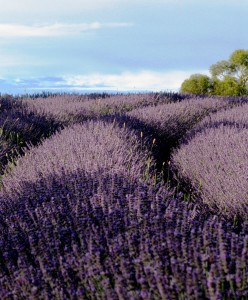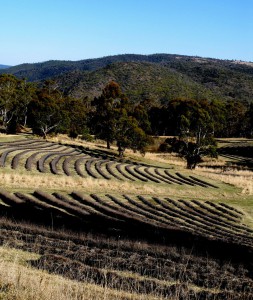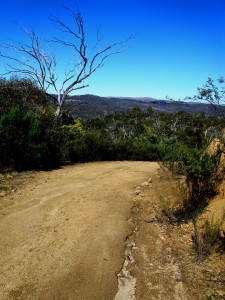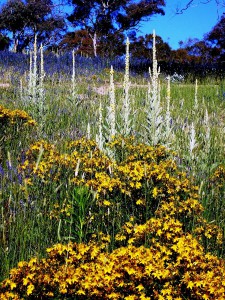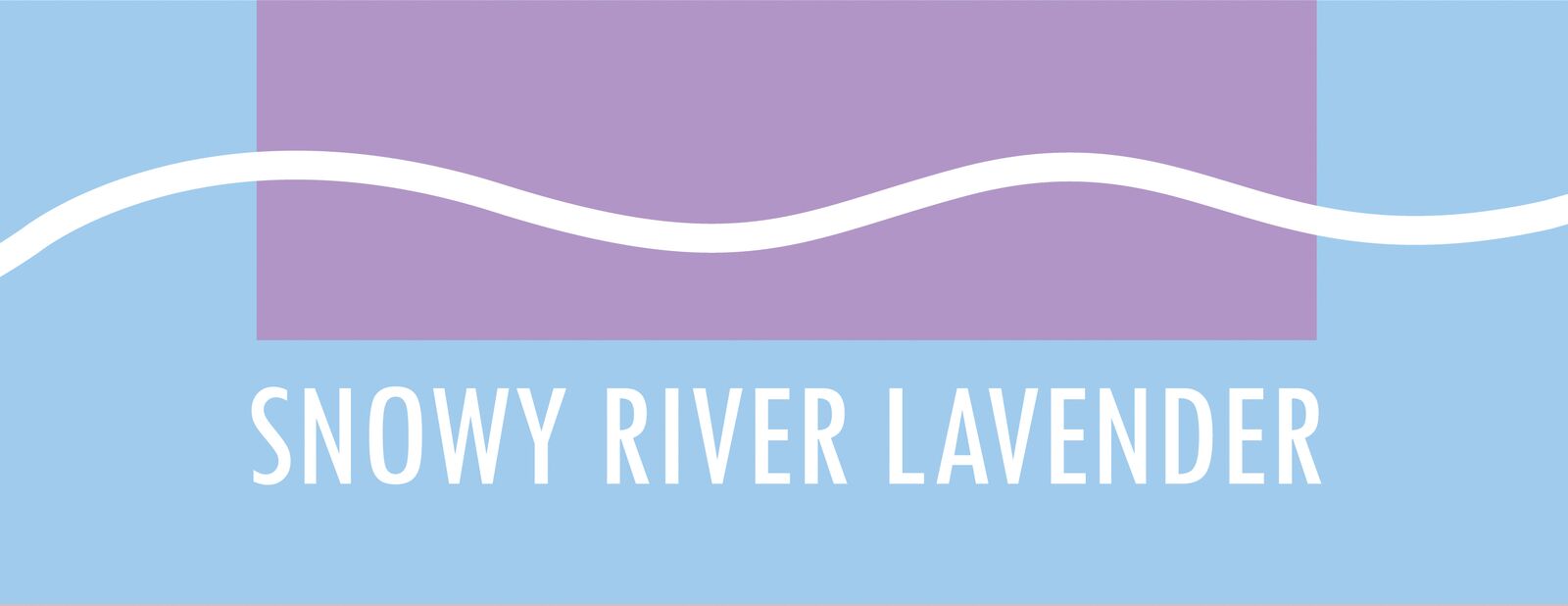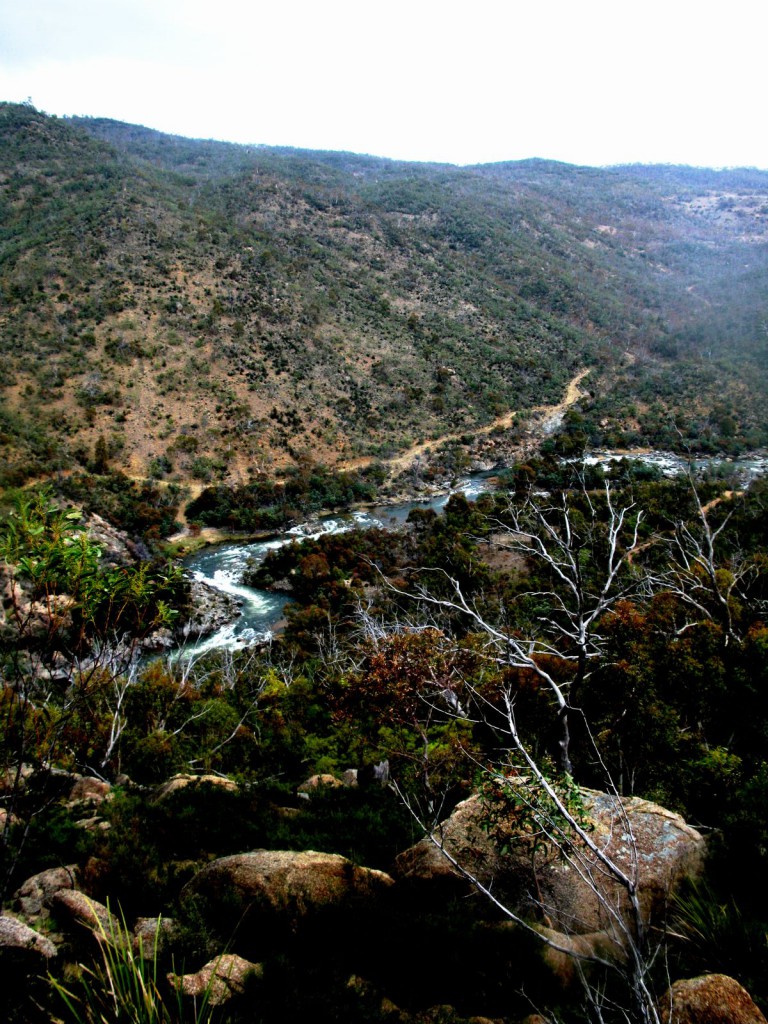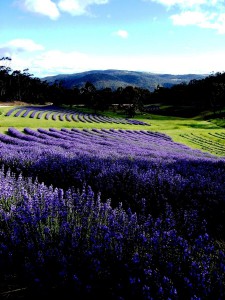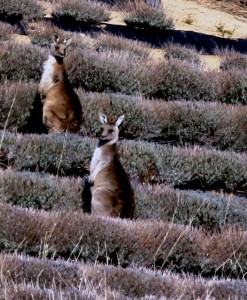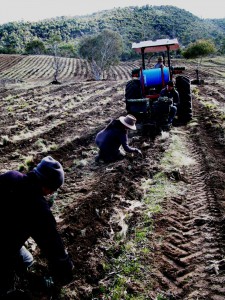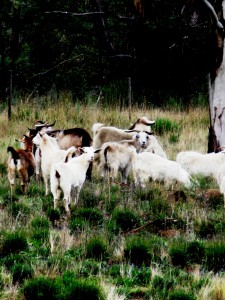FARMING SNOWY RIVER LAVENDER
MAJESSE ESTATE – THE LAND WE FARM
Majesse Estate is marginal agricultural land located at the end of a ridge line where grazing land gives way to the rugged granite escarpment of a Snowy River gorge downstream of Lake Jindabyne. The meander of the Snowy River dramatically defines the southern boundary of the farm and a 300 meter drop from the farming paddocks to the river valley’s floor, less than a kilometre away, defines the steepness of this country. This mountainous geography has been fundamental in shaping our farm with only 50 – 100 acres of a 700 acre property availing to any form of cultivation.
Once part of a much larger grazing property sub-divided in the early 1980’s, the land has since then and until we purchased it in 2000, been used as rural and bush land lifestyle acreages each around 350 acres. Majesse Estate rejoins two of these acreages, one previously used for horse grazing with relatively good soils, and the other a hobby sheep farm with very neglected and degraded soil. The granitic nature of the landscape also defines the character of the soil with the decomposing granite in the most fertile areas presenting a free draining sandy loam with an average pH around 6.
In terms of farming, the low percentage of arable acres, and the hilly and disjointed scope of the fertile areas, has made this land prohibitive to most commercial agricultural pursuits. However lavender as a dry land perennial, indigenous to the higher inclines of French Provence, suits well this situation and the intensive nature of essential oil production means that a small scale farm of around 50 acres can still be a commercial player in the upper end boutique market for essential oils.
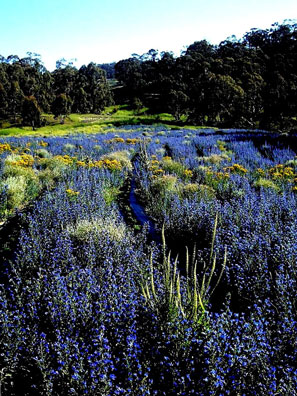
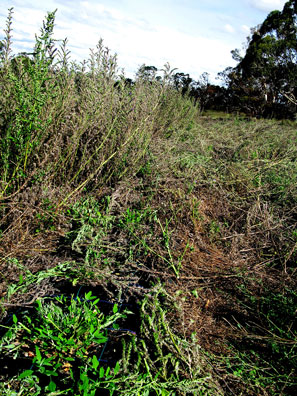
Climatically the Snowy Mountains region is not typical of Australia. As snow would indicate we do enjoy a proper winter season with average day time temperatures around 4-6˚C and most night time temperatures well below 0˚C. While high altitude does increase UV radiation, the summer does not match the heat or humidity experienced elsewhere in Australia. Perhaps the most restrictive aspect, for farming, of our climate is the low rainfall, generally between 250mm and 300 mm annually. This said we have experienced years when the average total has not exceeded 100 mm with our first 8 years on the farm prolonged drought. Bushfire is also a constant threat in the summer months when hot windy conditions from the west can rapidly turn a mild summer into a eucalypt fuelled fire storm, as happened in 2003. However, in total these conditions do not harm the success of lavender as an essential oil crop on ‘the land we farm’.
Thus restricted to a patchwork of high valleys and plateaus, set between 1000 - 1200 metres, lavender is an opportunistic addendum to our landscape, with the plant’s robust nature making it a perfect fit with the hardy indigenous and naturalised species of plants and animals already characteristic of our land.
FARMING FOR A LIVING SOIL
At Snowy River Lavender we farm for a ‘living soil’ sustained through nurturing the ‘natural’ ecology of the landscape in which our farm is situated. We believe this approach and the soil culture it allows gives our essential oils their own unique signature of quality.
AGRICULTURAL INFLUENCES
Ecological styles of farming see farm production as part and parcel of a custodial relationship to land which is ecologically complex. From this perspective the farm production resides alongside an understanding and nurturing of the biological diversity that already exists in the ‘natural’ environment (both flora and fauna). The farm is acknowledged as part of a much larger living system.
